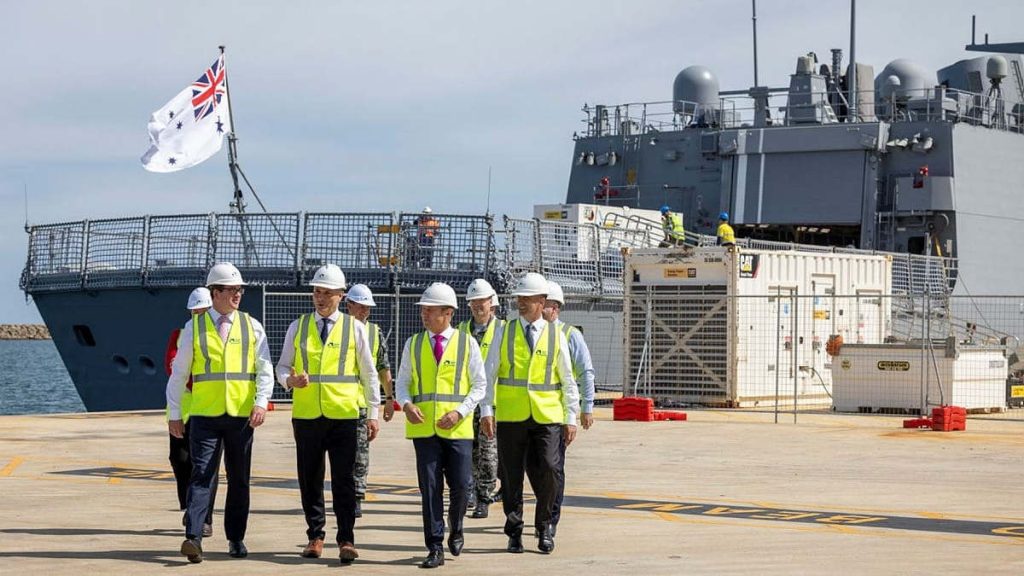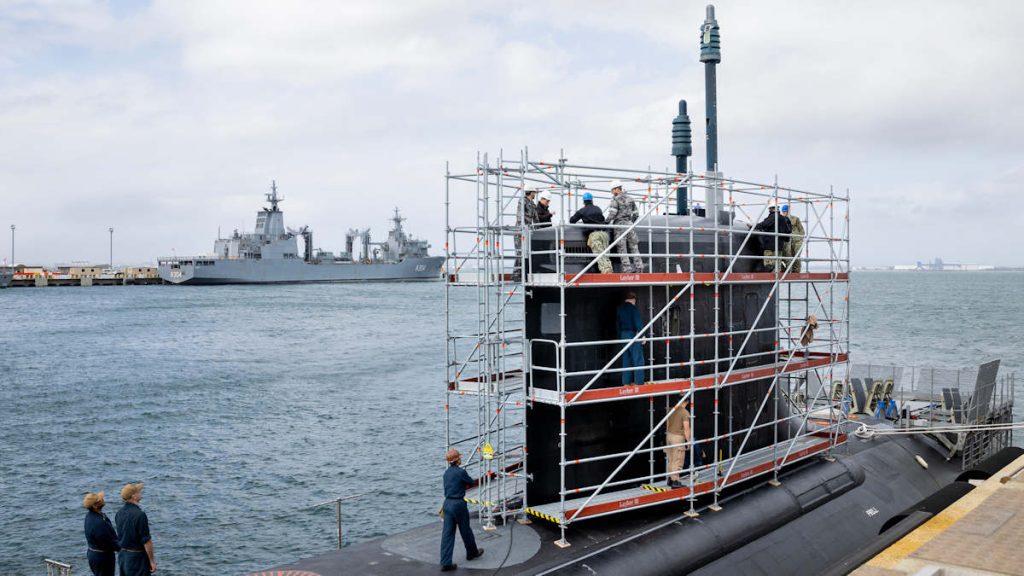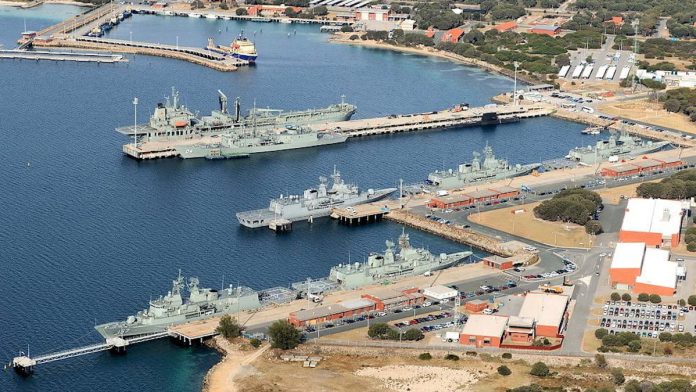Growing Australian Defence Spend Will Flow Into Security Applications As Bases Are Expanded, Created.
Growing Australian Defence Spend Will Flow Into Security – Australia’s federal government will bring forward $A1 billion of defence spending as part of a $10.6 billion increase over the next 4 years, bringing defence spending to $67 billion annually, the largest since World War Two.
Key for security people is that this investment will directly boost Australia’s defence infrastructure, notably at HMAS Stirling and the Henderson Defence Precinct in Western Australia. Preparations accelerate for the arrival of nuclear-powered submarines from the United States and the United Kingdom under the AUKUS agreement. Additional funding will also expedite the establishment of Australia’s Guided Weapons and Explosives Enterprise, aimed at improving self-reliance and defence manufacturing capabilities.
The surge in defence expenditure is expected to have a flow-on effect for the broader security sector, leading to increased demand for advanced security infrastructure and systems across key defence and industrial sites. There’s definitely going to be some serious target hardening going on.

Given the scale of investment, there will be a stronger focus on achieving measurable returns on investment. This focus is likely to drive wider adoption of AI-powered security management systems, enabling more efficient use of resources, improved threat detection capabilities, and enhanced operational management across Australia’s critical defence and security assets.
Defence expansion is also occurring at the state level. In South Australia, a 400-hectare site near RAAF Base Edinburgh in Adelaide’s northern suburb of Penfield has been earmarked for a new defence and aerospace precinct, as part of a broader economic zone.
The initiative, led by the City of Playford, is now undergoing planning investigations and community consultation. Taking the council’s proposal beyond wishful thinking, the South Australian government recently released a planning code amendment for the area outlining the development that will prioritise defence and aerospace industry growth and provide space for associated industrial and commercial activities.

The proposed site is intended to build on current defence and manufacturing activities in the area. Planning documents note that the precinct will support further development of the industry cluster around the air base, taking advantage of strong road and rail infrastructure.
The rezoning is partly driven by increasing demand for employment land, with nearby industrial areas nearing capacity. A $200 million maintenance and modification facility for the RAAF’s P-8 maritime patrol aircraft is expected to help catalyse further growth.
You can read more about Australia’s defence spending here or read more SEN news here.
“Australian Defence Spend Will Flow Into Security Applications As Bases Are Created, Expanded.”












